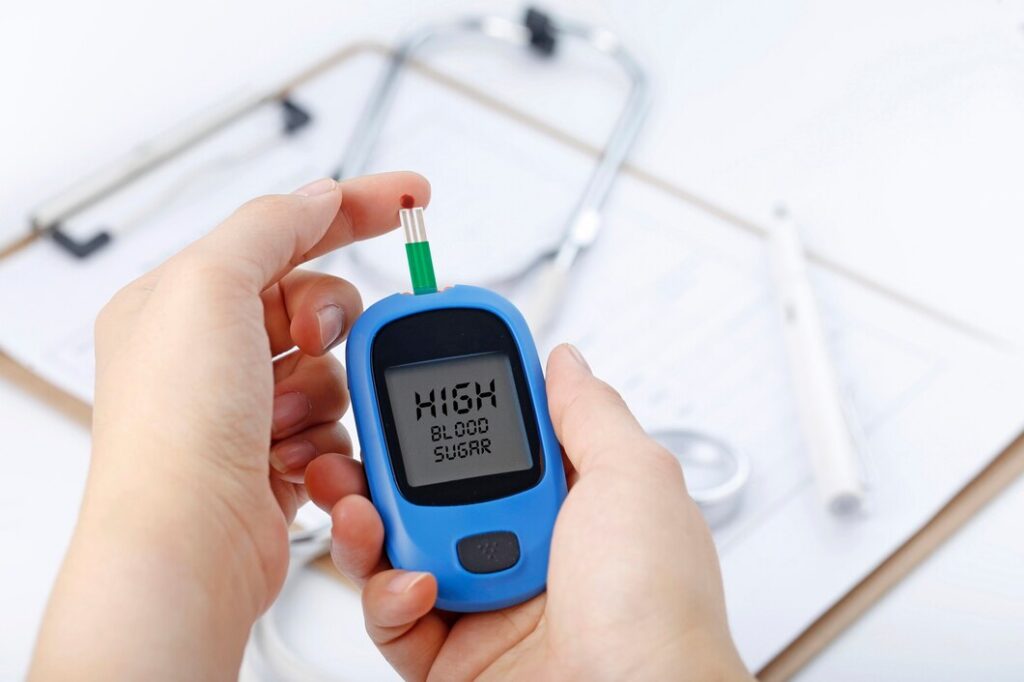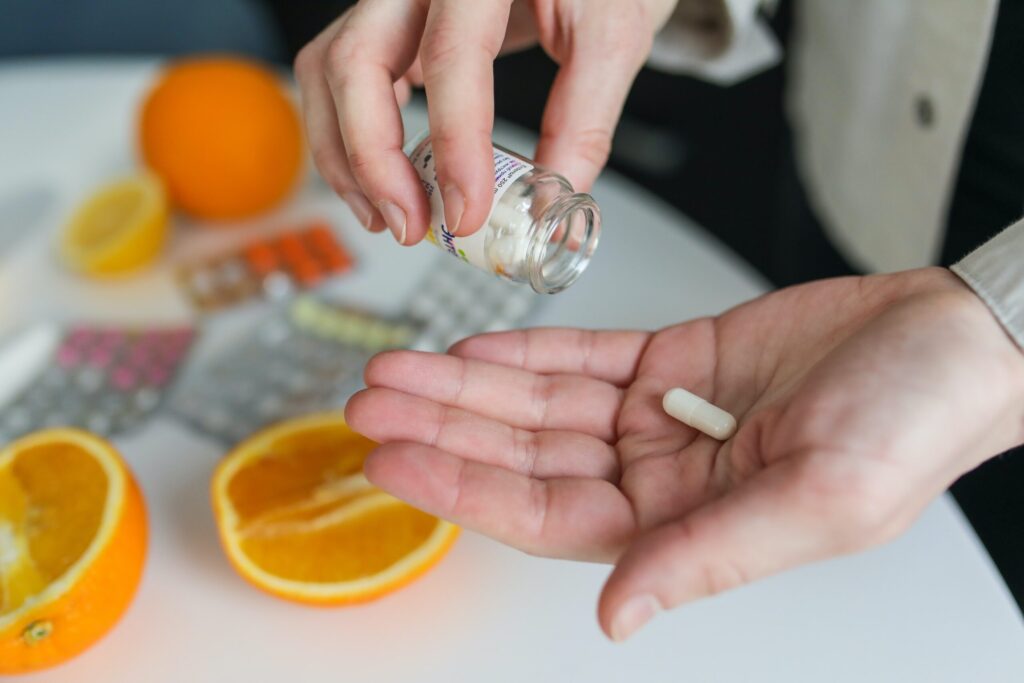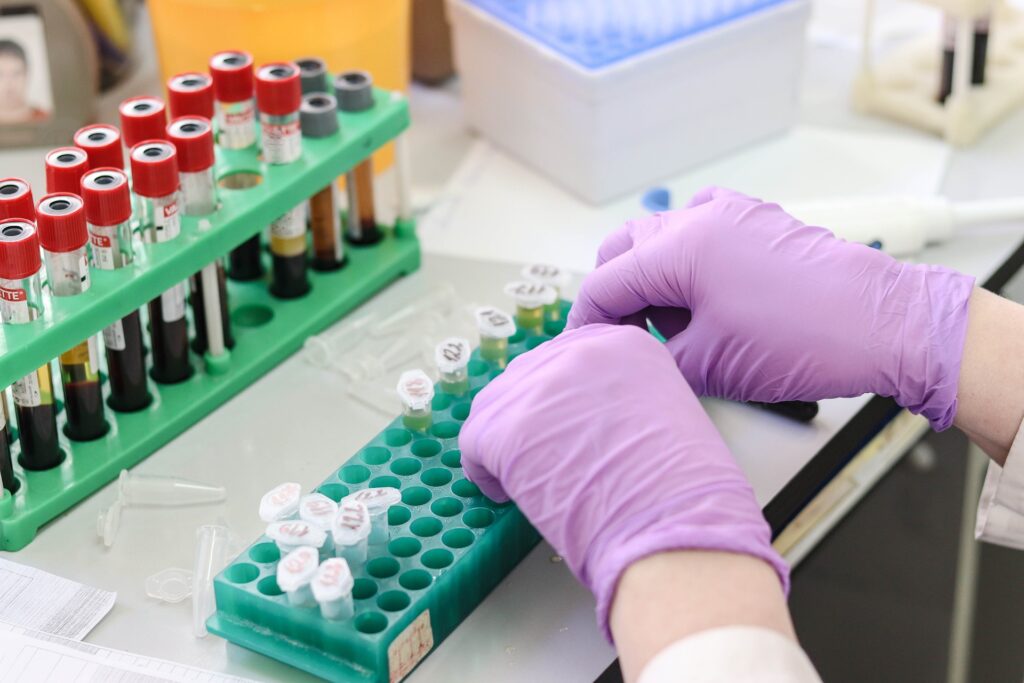
Diabetic ketoacidosis (DKA) is a severe and potentially life-threatening complication that can occur in individuals with diabetes mellitus.
Introduction
DKA is an acute metabolic emergency that mainly affects people with type 1 diabetes, although it can also occur in some cases of type 2 diabetes. It is characterized by a severe insulin deficiency, resulting in high blood sugar levels (hyperglycemia), the breakdown of fats (fatty acids) into ketones, and a significant drop in blood pH (acidosis).
Causes OF DKA
The main underlying causes of DKA include:
- Insulin Deficiency: DKA often occurs when there is a shortage of insulin in the body. This can result from missed insulin doses, incorrect insulin administration, or undiagnosed diabetes.
- Infection or Illness: Infections or illnesses can trigger a stress response in the body, leading to increased release of stress hormones. These hormones counteract the effects of insulin, exacerbating hyperglycemia.
- Uncontrolled Diabetes: Poorly managed diabetes with consistently high blood sugar levels increases the risk of DKA.
Symptoms Of Diabetic Ketoacidosis
Diabetic Ketoacidosis (DKA) is a severe complication of diabetes, most commonly seen in individuals with type 1 diabetes. It is characterized by a combination of symptoms:
- Excessive Thirst and Urination: High blood sugar levels lead to increased thirst and frequent urination as the body tries to eliminate excess glucose through the urine.
- Abdominal Pain: Abdominal discomfort or pain can occur, often in the upper part of the abdomen.
- Nausea and Vomiting: These symptoms can be a result of the metabolic imbalances associated with DKA.
- Rapid and Deep Breathing: Known as Kussmaul breathing, it’s the body’s attempt to blow off excess carbon dioxide, which accumulates due to the acidic environment in DKA.
- Weakness and Fatigue: The body’s inability to use glucose for energy, combined with dehydration, leads to weakness and fatigue.
- Confusion or Altered Mental State: High blood sugar and acidosis can affect brain function, leading to confusion, agitation, or even loss of consciousness.
- Sweet or Fruity-Smelling Breath: The presence of ketones in the blood leads to a distinctive sweet or fruity odor in the breath.
- Dehydration, Dry Skin, and Flushed Face: Fluid loss through frequent urination and vomiting can lead to dehydration, resulting in dry skin and a flushed appearance.
Recognizing these symptoms is crucial, as DKA is a medical emergency that requires immediate treatment to restore electrolyte balance and normalize blood sugar levels. If you or someone you know experiences these symptoms and has diabetes, seek prompt medical attention.
Laboratory Diagnosis Of DKA
Diagnosis of DKA involves a combination of clinical assessment and laboratory tests. Key laboratory findings typically include:
- Blood glucose levels exceeding 250 mg/dL.
- Low blood pH (acidosis), often with a pH below 7.3.
Here’s a table comparing the interpretation of arterial blood gas (ABG) values in a normal state versus in Diabetic Ketoacidosis (DKA):
| ABG Parameter | Normal Range | DKA Interpretation |
|---|---|---|
| pH | 7.35 – 7.45 | <7.30 (acidic) |
| PaCO2 (partial pressure of carbon dioxide) | 35 – 45 mm Hg | Normal to low (compensatory hyperventilation) |
| HCO3 (bicarbonate) | 22 – 28 mEq/L | <15 mEq/L (metabolic acidosis) |
| PaO2 (partial pressure of oxygen) | 80 – 100 mm Hg | Normal or low |
In DKA, you typically see a lower pH (acidosis) due to the accumulation of ketones and a lower bicarbonate level (metabolic acidosis). The compensatory response includes hyperventilation, resulting in a normal to low PaCO2. Oxygen levels (PaO2) can be normal or low, depending on other factors. These ABG values reflect the metabolic and respiratory changes associated with DKA.
- Ketones in the blood and urine. Usually 2+ to 4+.
- Elevated levels of blood urea nitrogen (BUN) and creatinine, indicating dehydration.
Treatment Of DKA
For successful management of DKA without causing any further complications, a step strategic aproach is neccessory.
Fluid Replacement:
Iv fluid replacement must be the first thing that should come to our mind whenever we diagnose a patient with Diabetic Ketoacidosis. For this, 2-3 Lit. (10ml/kg) of 0.9% Normal Saline (0.9% NS) must be infused within first 2-3 hours of ICU admission.
Fluid replacement will restore hydration. Rehydration helps to reduce circulating catecholamines ( epinephrine, norepinephrine etc.), restore kidney circulation which inturn cause glucose washout through urine and rapidly lowers blood glucose levels.
Insulin Therapy In diabetic Ketoacidosis
Administer a bolus of short-acting regular insulin 6-7 units IV (0.1 units/kg) and maintain a continuous IV insulin infusion, especially in severe or complicated DKA. For mild to moderate DKA, short-acting insulin analogues can be used. Continue IV insulin until acidosis resolves and the patient is stable. Adjust the infusion rate as insulin resistance decreases (0.02–0.1 units/kg per hour).
Long Acting Insulin (Glargin/Basalog)
Introduce long-acting insulin and transition to an outpatient regimen upon resuming eating. Maintain insulin therapy to prevent DKA relapse during this transition phase. Expect gradual improvement in hyperglycemia as insulin takes effect and rehydration occurs, typically at a rate of 4.2–5.6 mmol/L (50–100 mg/dL) per hour.
Continue insulin infusion at a lower rate to inhibit ketogenesis, avoiding rapid correction to prevent cerebral edema.
Ketoacidosis resolves as insulin reduces lipolysis, increases peripheral ketone body use, suppresses hepatic ketone body formation, and promotes bicarbonate regeneration, albeit more slowly than hyperglycemia.
Depleted potassium stores in DKA require repletion due to factors like insulin-mediated transport into cells, acidosis resolution, and urinary potassium loss. Begin potassium repletion when urine output and serum potassium normalize. Include 20–40 meq of potassium per liter of IV fluid, adjusting as needed. Consider using potassium phosphate or acetate to reduce chloride administration and aim to maintain serum potassium above 3.5 mmol/L.
Sodium Bicarbonate Therapy In DKA
The results of most clinical trials do not support the routine use of bicarbonate replacement, and one study in children found that bicarbonate use was associated with an increased risk of cerebral edema. However, in the presence of severe acidosis (arterial pH <7.0), sodium bicarbonate (50 mmol [meq/L] in 200 mL of sterile water with 10 meq/L KCl per h) may be administered for the first 2 h until the pH is >7.0.
Complications Of DKA
Failure to recognize and treat DKA promptly can lead to severe complications, including:
- Cerebral Edema: Swelling of the brain can occur, especially in children. This is a rare but potentially fatal complication of DKA.
- Hypoglycemia: Rapid shifts in blood sugar levels during treatment can lead to low blood sugar, which needs to be carefully managed.
- Cardiovascular Issues: DKA can strain the heart and lead to cardiac arrhythmias or even heart failure.
- Acute Respiratory Distress Syndrome (ARDS): In severe cases, DKA can lead to lung problems and ARDS.
In conclusion, diabetic ketoacidosis is a serious condition that requires immediate medical attention. Early recognition, aggressive treatment, and close monitoring of blood sugar, electrolytes, and acid-base balance are crucial for a successful outcome. People with diabetes, especially those at higher risk, should be educated about the warning signs of DKA and how to prevent this potentially life-threatening complication through careful management of their condition.


Pingback: FLAIL Chest - Causes, Treatment and Complications - Modern Health
Pingback: What is Keto Diet? - Modern Health
Pingback: Home - Common health conditions - ECG Oxford